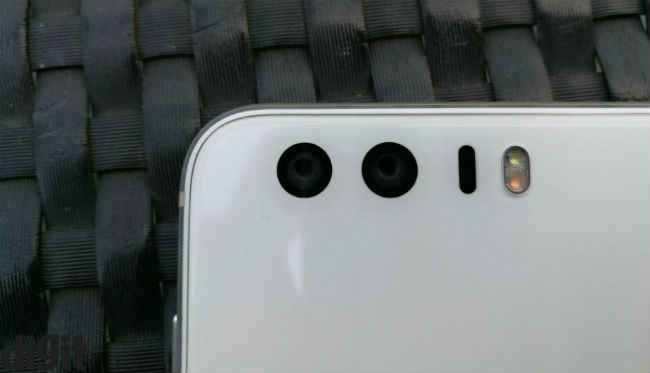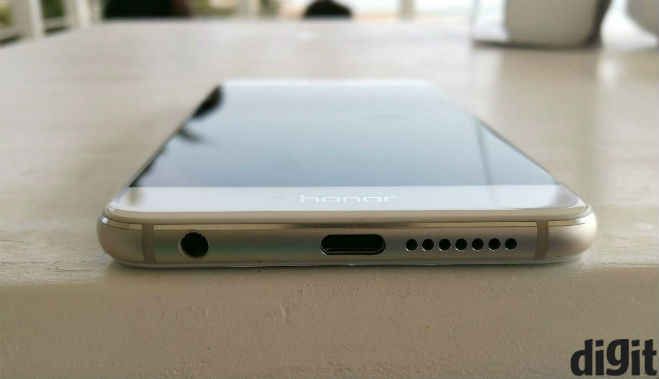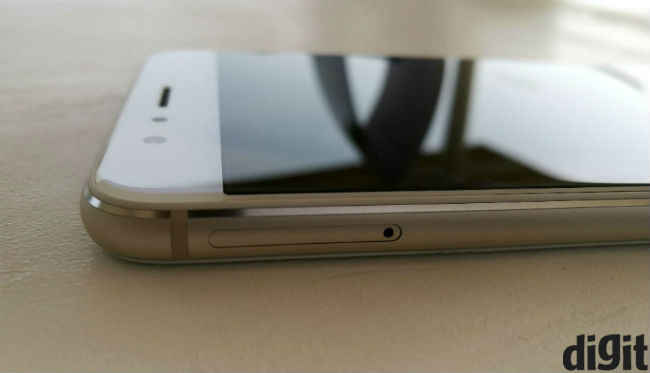Honor 8 First Impressions: Betting big on the dual-camera again

Huawei brings the dual-camera to its budget Honor brand.
After the launch of the Leica-branded Huawei P9, Huawei brings its budget sub-brand, Honor, to take the stage. The Honor 8 is the company's new flagship and shares a lot of its DNA with the P9. However, this does not mean that the Honor 8 is simply a P9 with lower specifications. The phone looks different, has its own set of features, and it stands out from its older brother.
Unlike the Huawei P9, which has a metal unibody design, the Honor 8 has a glass back with a metal frame. The glass back is a tad slippery when kept on flat surfaces, or even in the hand, similar to the Xiaomi Mi 5. However, it still does feel premium to hold. The Honor 8 has a 5.2-inch Full HD display, like the P9.

The main highlight of this device is the primary camera. Like the Huawei P9, the Honor 8 sports two 12MP cameras, but without Leica’s lenses. The tech behind the Honor 8 is the same, though – one sensor takes in colour data, while the other takes in black and white. The information from the two sensors is then merged together to create a single image. The device also comes with a Wide Aperture Lens Mode, that lets the user take bokeh photographs, similar to the one found on the Huawei P9. However, the Honor 8 does not come with Film modes or Monochrome filter. The Film Modes are of course absent because Leica isn’t involved in this one. On the P9, they’re Leica film modes, added by Leica’s involvement.
Upon first impression, the phone takes pretty good pictures during the day, while there is a bit of noise in images taken in low light conditions. We would hold our judgement, though, until a full review.
The phone is powered by a HiSilicon Kirin 950 octa-core SoC. The chipset sports four Cortex A72 cores, clocked at 2.3Ghz and four Cortex A53 cores, clocked at 1.8GHz. Theoretically, this SoC is only slightly slower than the Kirin 955 powering the P9. The Honor 8 does offer 4GB RAM, though, which is higher than the Indian variant of the P9. Wait for our full review to have a proper analysis of the Honor 8’s performance.
Like I said earlier, Honor has added its own touches to its device in order to make it stand out. One of these is the fingerprint scanner that doubles as a button. Honor calls this the Smart Key Button, programing it as per the user’s needs, be it a specific function like turning on the flash, or opening an app. The button responds to three different commands, a press, a double press, or a press and hold. There is also Knuckle Sense, that allows the user to tap on the screen with their knuckle or tap with two knuckles to record the screen. While I personally never had any problem with the traditional method of opening apps or taking screenshots, the new features do seem a little bit faster.
The price of the device is not yet known, but in China, the 4GB RAM/32GB storage variant was launched at about Rs. 23,000 (approximated conversion), which would make it cheaper than a OnePlus 3 and close to the price of a Xiaomi Mi 5. However, Lenovo has really turned the market on its head with the Lenovo Z2 Plus, and that might weigh on Huawei’s pricing strategy. To know if the having a dual-rear camera is a better choice over a Snapdragon 820 SoC, you’ll have to wait for our full review.







